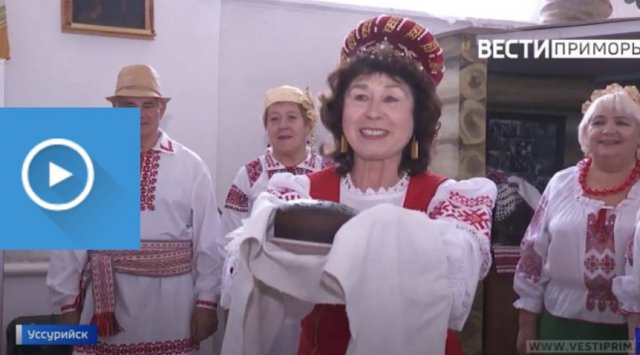The Unity Day is a national Russian holiday. How was it celebrated in Primorye, where 158 peoples live and what unites them?
Primorye Belorussians meet guests in Ussuriisk according to Slavic traditions - with a loaf. "Belorussians of Primorye" recreated a piece of their homeland with their own hands - a typical peasant hut.
A stork on the roof - as a symbol of Belarus, and inside there is a simple decoration - linen cloths with embroidery. A spinning wheel, an oiler, a Russian stove, a child's cradle, and on the wall photographs - the heritage of the first settlers.
Seaside Koreans welcome guests with an open heart - the hostess wears a festive hanbok, decorated with silver and rich embroidery.
On the tables are treats that can hardly be called Korean: Tatar chak-chak, Uzbek plov, Ukrainian borscht, honey cake. The culinary diversity is the influence of different cultures.
Three hundred years of the history of the Russian Germans. In Primorye - their vivid mark - topographic names. Streets and ships are named after them, and the first, the most posh store in the Far East - "Kunst and Albers".
Nina Dmitrieva, née Kraus, has been in Vladivostok for over thirty years. She welcomes guests in a national costume sewn in Bavaria. She treats guests with German pastry Kreble, the recipe is passed down from her ancestors, but she takes inspiration from the book "Cuisine of the Russian Germans".
The Unity Day is a celebration of the Russian people, albeit with different languages and cultures, but with a common destiny in a geographical space and under one Constitution.
新闻来源: www.vestiprim.ru
回去

